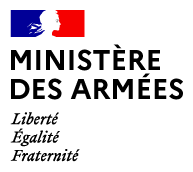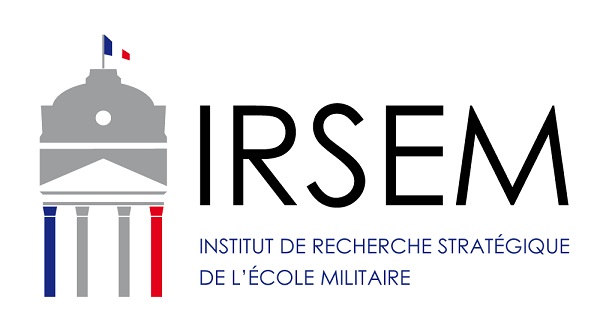In April 2023, a violent conflict broke out in Sudan between the Sudanese army and a paramilitary group named the Rapid Support Forces (RSF). This clash constituted the climax of a multidimensional political crisis, one that stemmed from Sudan’s popular uprising of 2019. In order to understand the dynamics underlying this power struggle, we first need to grasp certain – more or less lengthy – historical processes: the reconfiguration of power, sparked by the fall of Omar al-Bashir; the counter-insurgency practices that emerged during the country’s civil wars; the interweaving of the armed forces’ political, security and economic interests; and finally, the concentration of power in the “center” of the country, which fueled forms of marginalization in other regions. The Sudanese revolution ushered in a period of change, officially putting an end to the Islamic Republic and to the hegemony of the National Congress Party (NCP). Thus, the balance of power in Sudan began to shift between various groups, as illustrated by five major sequences of events – which we will analyze further on. The first sequence consisted in a multi-faceted confrontation between protesters and the Sudanese regime, culminating in a sit-in in front of army headquarters and the coup d’état that ousted Head of State Omar al-Bashir on April 11, 2019. The second sequence was defined by intense competition between the Transitional Military Council and the revolutionary forces – the latter having essentially become united within the Forces of Freedom and Change (FFC) – that culminated in the massacre of June 3 and the Million March of June 30. This sequence of events resulted in a constitutional document being signed in order to organize the distribution of power. The third sequence consisted in an attempt to establish a transitional civilian government which, following the signing of the Juba Peace Agreement (JPA), included certain rebel groups from the states of Darfur and Blue Nile, despite resistance from the Sudanese Armed Forces (SAF) and the RSF. The fourth sequence began with the coup d’état of October 2022 ,25. The latter was soon contested, thereby giving rise to a new phase of intense mobilization and confrontation. Finally, the fifth sequence began in April 2023 with the outbreak of large-scale armed conflicts between the SAF and the RSF. This outbreak of violence was initially sparked by the fact that armed groups refused to transfer power over to civilians, as well as by issues surrounding the reform of the security sector. However, the conflict is rooted in a longer-standing history, as well as in transformations brought about by rapid political shifts in recent years. In order to truly understand the violence that has erupted since April 15, 2023, we need to look back on the challenges and failures of the political transition, particularly regarding the representation of peripheral areas and marginalized groups. We must also highlight the fact that this conflict is rooted in governance and counter-insurgency practices inherited from the NCP regime (1989-2019) and that it extends beyond a mere competition between rival generals. The aim of this study is to clearly situate the various protagonists – of both the war and the transition – within specific social, political and economic dynamics, in a country that stands at the crossroads of the Arab and African worlds. The upheavals and violence that defined the Sudanese transition can only be understood in light of three distinct processes: the political shift that occurred following the popular uprising; the reshuffling of the former regime; and the dynamics of Sudan’s civil wars. These events produced different effects, which the present study aims to explore: competition for control over the state, the emergence of new actors from peripheral areas and marginalized groups, and the gradual militarization of the transition.
Report No 109 - 2023
- Catégorie: Publication, IRSEM studies
The dynamics of chaos : Revolution, war and political transitions in Sudan.

12
Dec


